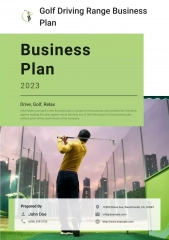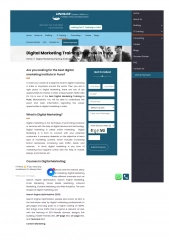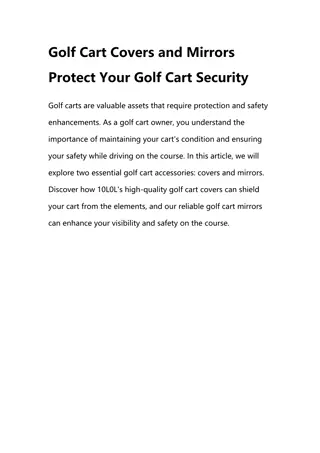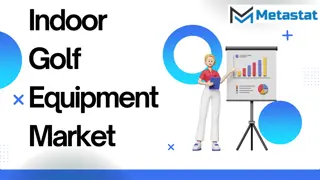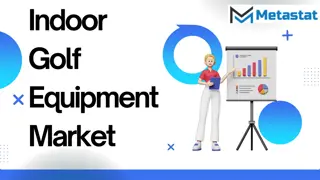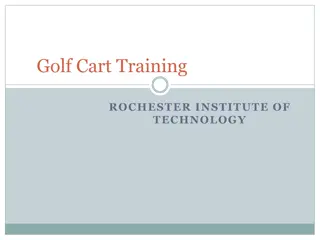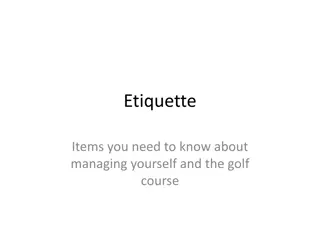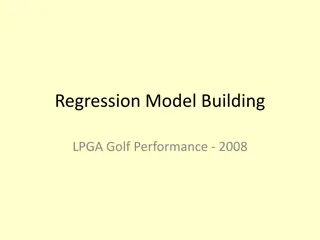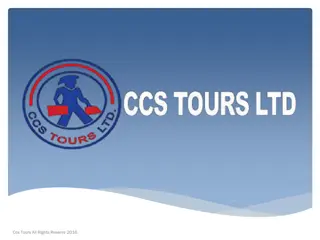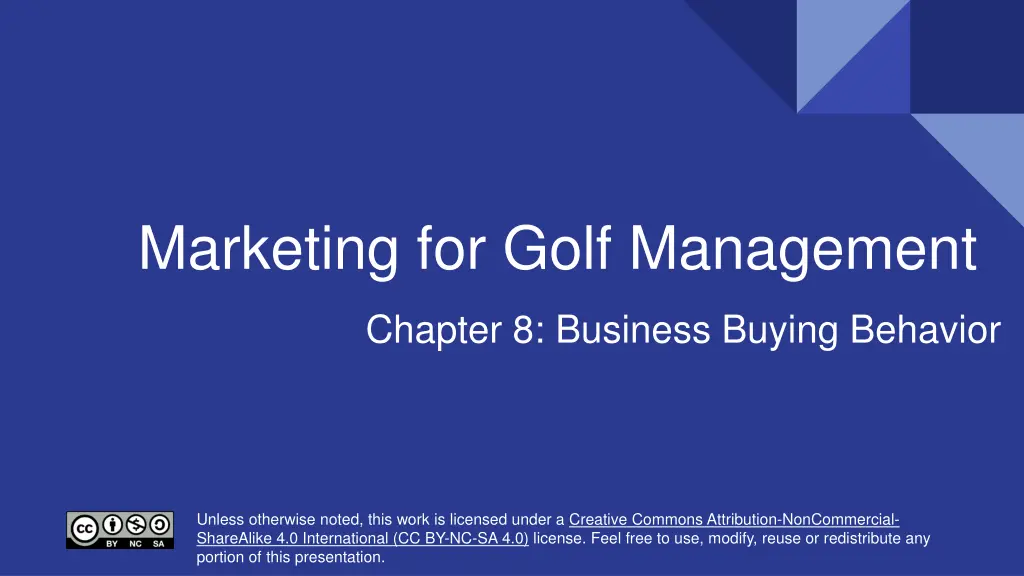
Understanding Business Buying Behavior in B2B Markets
Explore the key differences between B2B and B2C markets, the impact of consumer behavior on business buying, ethical dilemmas faced by B2B marketers, B2B buying process stages, and more. Gain insights into the demand for B2B products and the stages in the B2B buying process in this insightful chapter.
Download Presentation

Please find below an Image/Link to download the presentation.
The content on the website is provided AS IS for your information and personal use only. It may not be sold, licensed, or shared on other websites without obtaining consent from the author. If you encounter any issues during the download, it is possible that the publisher has removed the file from their server.
You are allowed to download the files provided on this website for personal or commercial use, subject to the condition that they are used lawfully. All files are the property of their respective owners.
The content on the website is provided AS IS for your information and personal use only. It may not be sold, licensed, or shared on other websites without obtaining consent from the author.
E N D
Presentation Transcript
Marketing for Golf Management Chapter 8: Business Buying Behavior Creative Commons Attribution-NonCommercial-ShareAlike 4.0 International (CC BY-NC-SA 4.0) Creative Commons Attribution-NonCommercial-ShareAlike 4.0 International (CC BY-NC-SA 4.0) Unless otherwise noted, this work is licensed under a Creative Commons Attribution-NonCommercial- ShareAlike 4.0 International (CC BY-NC-SA 4.0) license. Feel free to use, modify, reuse or redistribute any portion of this presentation.
8.0 Learning Objectives In this chapter, we will: Identify the ways in which business-to-business (B2B) markets differ from business-to-consumer (B2C) markets. Explain why business buying is acutely affected by the behaviour of consumers. Explain how the ethical dilemmas B2B marketers face differ from the ethical dilemmas B2C marketers face. Outline the measures companies take to encourage their employees and executives to act in ethical ways. Outline the stages in the B2B buying process. Explain the scorecard process of evaluating proposals. Describe the different types of B2B buying situations and how they affect sellers.
8.1 The Characteristics of Business-to-Business (B2B) Markets Business-to-business (B2B) markets differ from business-to-consumer (B2C) markets in many ways Consumer Market Business Market Many customers, geographically dispersed Smaller total dollar amounts due to fewer transactions Shorter decision cycles More reliance on mass marketing via advertising, web sites, and retailing Less-rigid product standards Fewer customers, often geographically concentrated, with a small number accounting for most of the company s sales Larger dollar amounts due to more transactions Longer decision cycles More reliance on personal selling More-rigid product standards
8.1 The Demand for B2B Products B2B sellers carefully watch general economic conditions to anticipate consumer buying patterns The demand for business products is based on derived demand Derived demand is demand that springs from, or is derived from, a source other than the primary buyer of a product. For businesses, this source is consumers Fluctuating demand is another characteristic of B2B markets: a small change in demand by consumers can have a big effect throughout the chain of businesses that supply all the goods and services that produce it
8.2 Stages in the B2B Buying Process and B2B Buying Situations 1. A need is recognized 2. The need is described and quantified The buying stages an organization goes through often depend on the buying situation whether it s a straight rebuy, new buy, or modified rebuy 3. Potential suppliers are searched for 4. Qualified suppliers are asked to complete responses to requests for proposals (RFPs) 5. The proposals are evaluated and supplier(s) selected 6. An order routine is established 7. A postpurchase evaluation is conducted and the feedback is provided to the vendor
8.3 Ethics in the Club Industry Trustworthy companies are better at attracting and keeping customers, talented employees, and capital Acting ethically in business means more than simply obeying applicable laws and regulations. It also means being honest, doing no harm to others, competing fairly, and declining to put your interests above those of your company, its owners, and its workers Understanding the laws and regulations that apply to their firms is an obvious starting point for companies, their executives, and employees in terms of knowing how to act ethically Companies are also adopting ethics codes that provide general guidelines about how their employees should behave, requiring their employees to go through ethics training, and hiring chief ethics officers Companies want to do business with firms that are responsible. They don t want to be associated with firms that are not
8.3 Ethics at the Club Social interactions and service are created by the employee at the same time it is consumed by the customer. At the club, members expect and value service, advice, rapport, and attention, and above all, they want to trust. Old-fashioned word-of-mouth marketing is a prevalent part of a social environment and the genesis of Public Relations (PR). Ethical behaviour and ethical code of conduct guidelines for members, guests, and staff help to ensure a Club s positive reputation needed for effective marketing strategy. Colin Robertson

